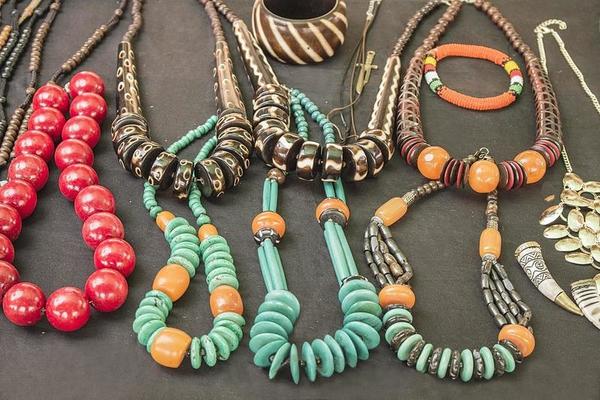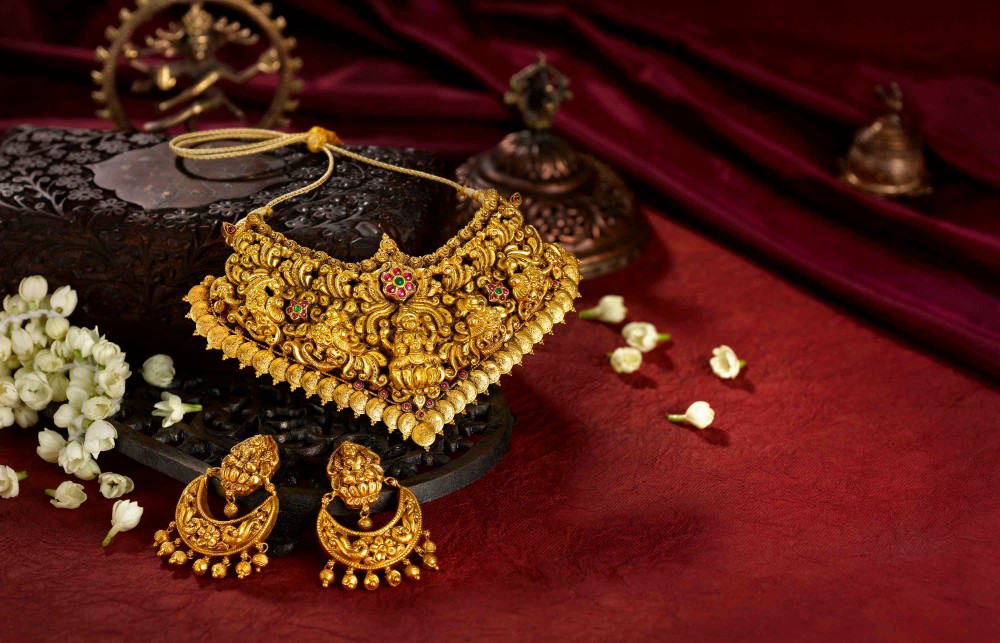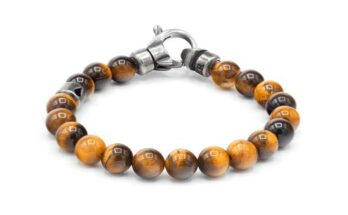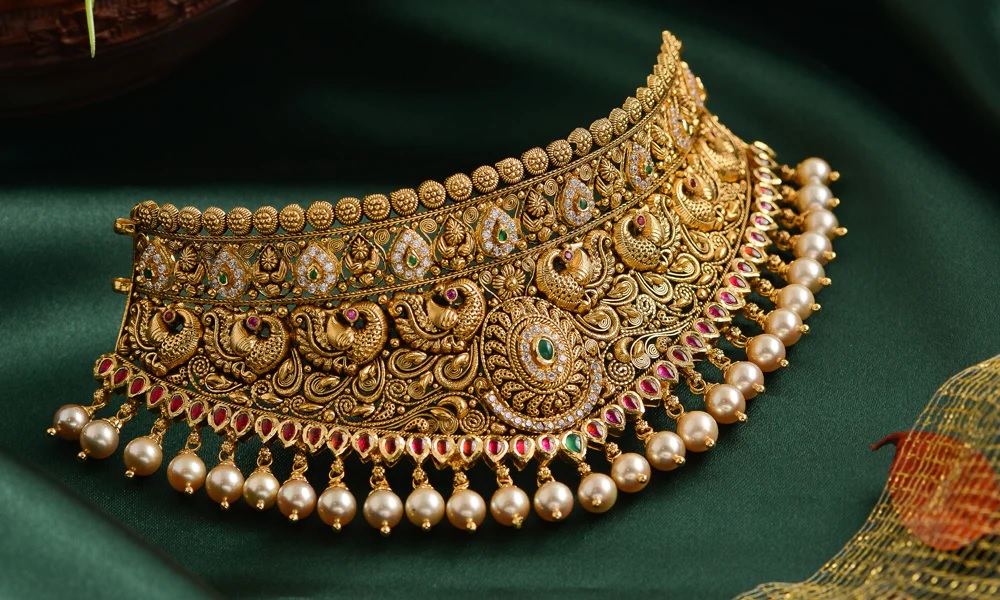Jewellery has been a part of human culture for thousands of years. From ancient civilizations to modern times, jewellery has been worn as a symbol of wealth, power, and status. Traditional jewellery from around the world reflects the diversity and uniqueness of each culture.
Ancient Egyptian Jewellery
The ancient Egyptians were known for their love of jewellery. They believed that wearing jewellery would bring them good luck and protect them from evil spirits. Egyptian jewellery was often made from gold, silver, and precious stones. One of the most popular pieces of jewellery was the scarab beetle, which was a symbol of rebirth and regeneration. The Egyptians also wore amulets, which were believed to have magical powers.
Indian Jewellery
India has a rich history of jewellery making. Indian jewellery is known for its intricate designs and vibrant colours. One of the most popular types of Indian jewellery is the mangalsutra, which is a necklace worn by married women as a symbol of their marital status. Indian jewellery is often made from gold, silver, and precious stones such as diamonds, emeralds, and rubies.
African Jewellery

African jewellery is known for its bold and colourful designs. African jewellery is often made from beads, shells, and bones. The Maasai tribe in East Africa is known for their elaborate beadwork, which is worn as a symbol of their cultural identity. African jewellery is also often used in traditional ceremonies and rituals.
Native American Jewellery
Native American jewellery is known for its use of natural materials such as turquoise, coral, and silver. Native American jewellery is often used in traditional ceremonies and is believed to have spiritual significance. The Navajo tribe is known for their intricate silverwork, which is often used to create beautiful bracelets and necklaces.
Chinese Jewellery
Chinese jewellery is known for its delicate designs and use of precious stones such as jade and pearls. Chinese jewellery often incorporates symbols such as dragons and phoenixes, which are believed to bring good luck and prosperity. In traditional Chinese culture, jewellery is often given as a gift to symbolize love and affection.
Traditional jewellery from around the world reflects the unique and diverse cultures of each region. From the intricate silverwork of the Navajo tribe to the colourful beadwork of the Maasai tribe, each type of jewellery has its own symbolism and significance. Whether worn as a symbol of status or used in traditional ceremonies, jewellery has played an important role in human culture for thousands of years.




